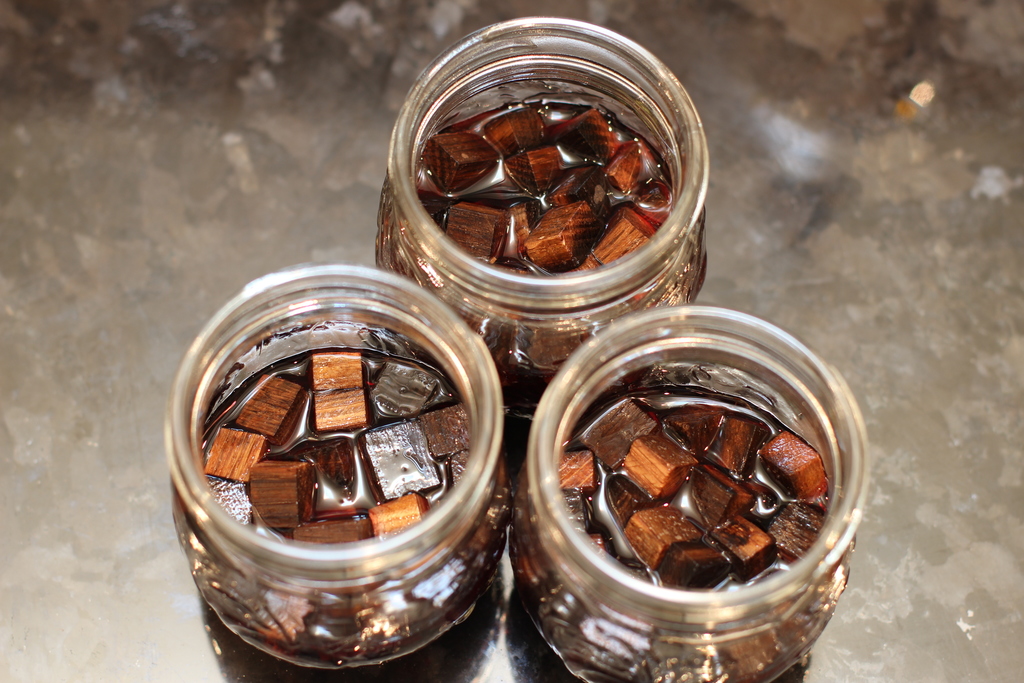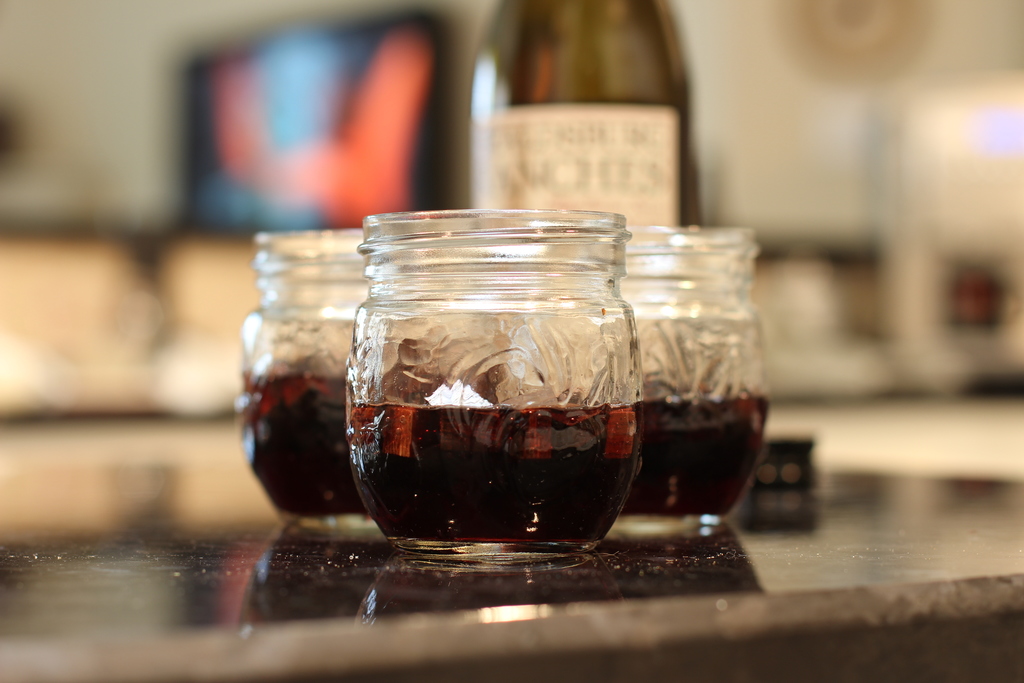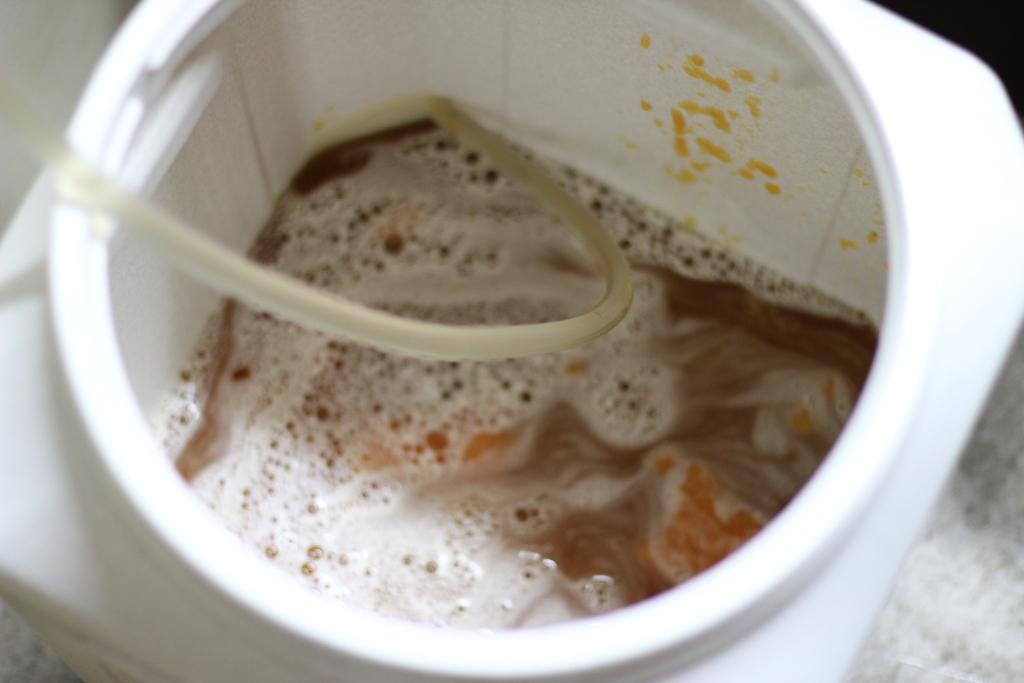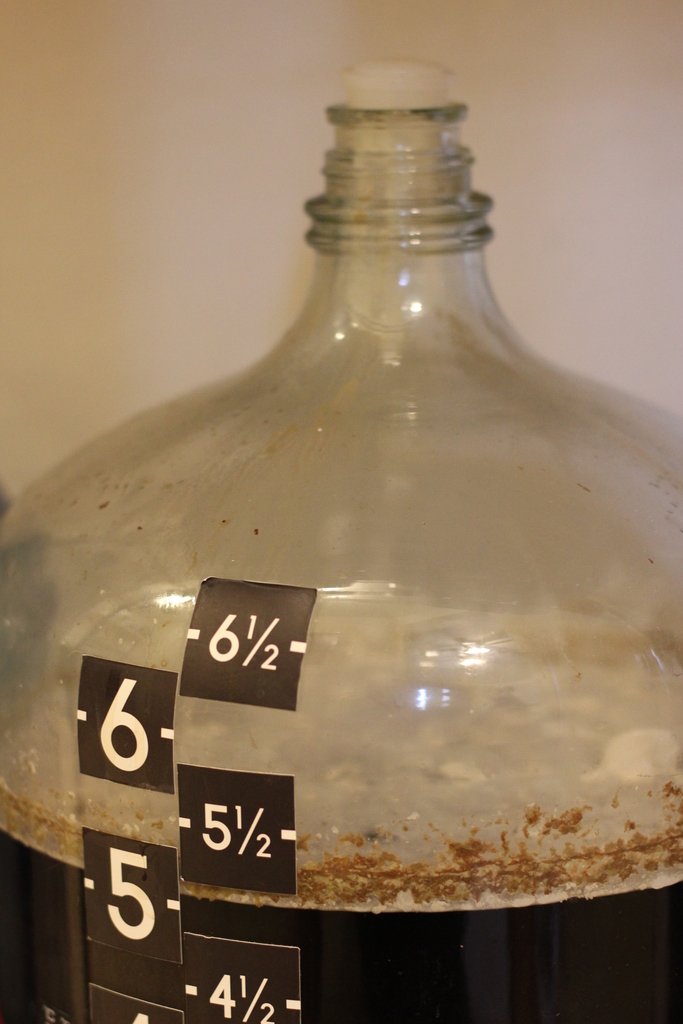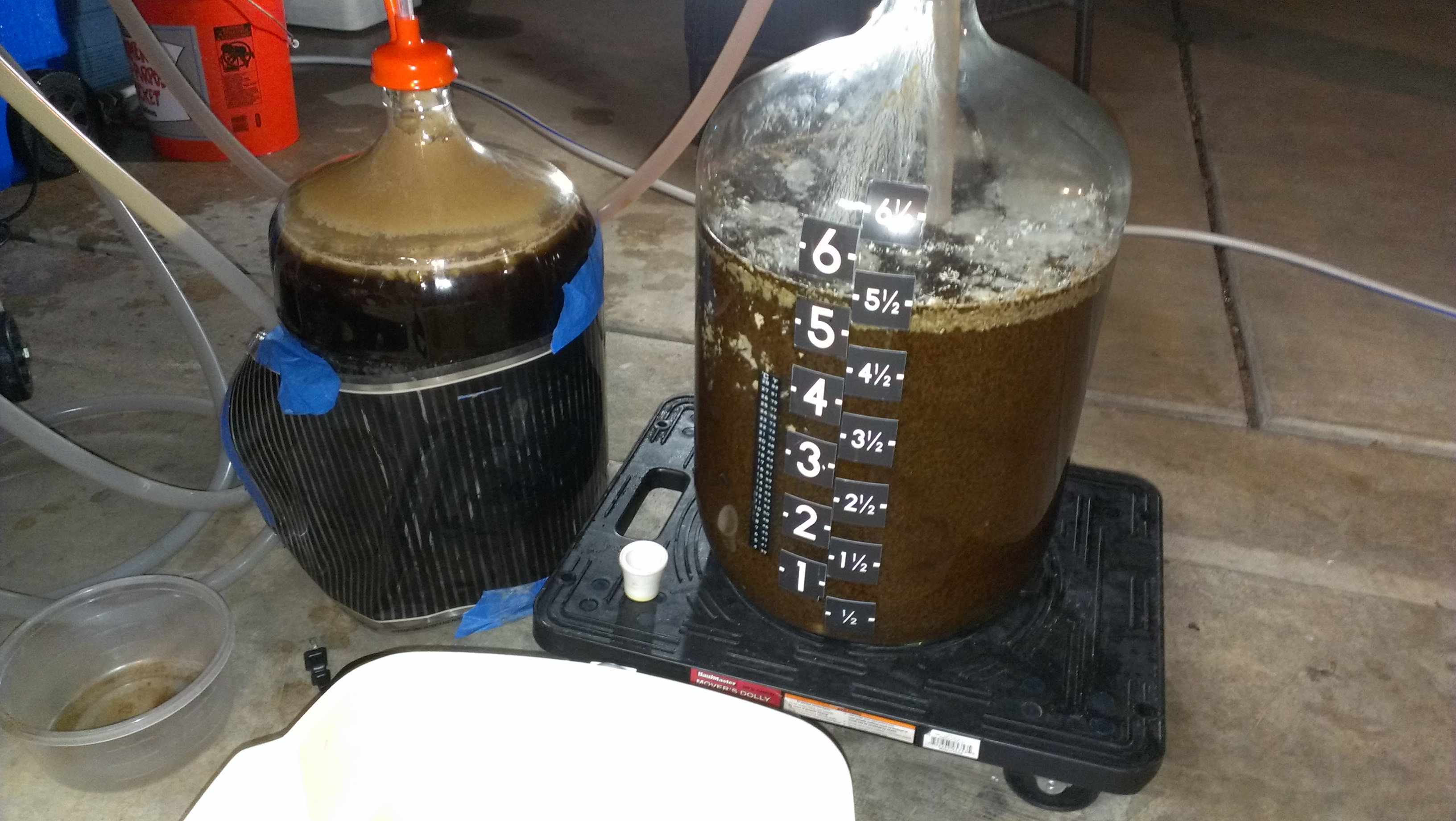It was probably a few years ago when I first encountered Boulevard Brewing’s Two Jokers Double-Wit style beer. And in one or two sips, I was hooked along with a few of my fellow craft beer drinkers. My friends were aware that I had started brewing and so the obvious question of whether or not I could clone the beer was proposed. At the time, I had taken my hand at brewing a number of existing clones with great success, usually from the Brewing Network’s The Jamil Show (Can You Brew it) podcast show. One thing I had not yet done was to attempt to clone a beer myself.
Brewing with Wheat includes interviews with Boulevard’s head brewer and he discusses a number of the beers as well as a few details on Two Jokers. Using these tidbits along with a general ingredient list available on their website, I’ve taken a stab at what I think the recipe should look like.
One interesting aspect is that in the book, Boulevard says that they do short sour mash. They dough-in at 95F, hold for 8 hours and target a pH of 4.8. I really liked this idea and re-used the sour mashing technique I used to create a Berliner Weiss, which I picked up from Jeff Young at Black Star Coop via the Sunday Show interview with them. I’m looking forward to seeing how this extra tartness goes with the Belgian Wit recipe.
Recipe Details
| Batch Size | Boil Time | IBU | SRM | Est. OG | Est. FG | ABV |
|---|---|---|---|---|---|---|
| 5.3 gal | 60 min | 16.3 IBUs | 5.1 SRM | 1.075 | 1.013 | 8.1 % |
| Actuals | 1.046 | 1.01 | 4.7 % | |||
Style Details
| Name | Cat. | OG Range | FG Range | IBU | SRM | Carb | ABV |
|---|---|---|---|---|---|---|---|
| Witbier | 16 A | 1.044 - 1.052 | 1.008 - 1.012 | 10 - 20 | 2 - 4 | 2.4 - 2.9 | 4.5 - 5.5 % |
Fermentables
| Name | Amount | % |
|---|---|---|
| Brewer's Malt, 2-Row, Premium (Great Western) | 8.5 lbs | 56.43 |
| White Wheat Malt | 3.314 lbs | 22 |
| Wheat, Flaked | 2.937 lbs | 19.5 |
| Munich Malt | 5 oz | 2.07 |
Hops
| Name | Amount | Time | Use | Form | Alpha % |
|---|---|---|---|---|---|
| Magnum | 0.18 oz | 60 min | Boil | Pellet | 13.5 |
| Northern Brewer (AHS) | 0.5 oz | 15 min | Boil | Pellet | 9 |
| Lavender | 0.5 oz | 15 min | Aroma | Pellet | 12.2 |
Miscs
| Name | Amount | Time | Use | Type |
|---|---|---|---|---|
| Calcium Chloride | 4.80 g | 60 min | Mash | Water Agent |
| Gypsum (Calcium Sulfate) | 4.80 g | 60 min | Mash | Water Agent |
| Epsom Salt (MgSO4) | 0.50 g | 60 min | Mash | Water Agent |
| Cardimom | 2.00 g | 30 min | Boil | Spice |
| Coriander Seed | 0.50 oz | 15 min | Boil | Spice |
| Orange Peel, Sweet | 0.50 oz | 15 min | Boil | Spice |
| Seeds of Paradise | 0.70 g | 5 min | Boil | Spice |
Yeast
| Name | Lab | Attenuation | Temperature |
|---|---|---|---|
| Belgian Witbier (3944) | Wyeast Labs | 74% | 62°F - 75°F |
Mash
| Step | Temperature | Time |
|---|---|---|
| Saccharification | 148°F | 90 min |
| Mash Out | 168°F | 10 min |
Notes
| Color (EBC) 15.8 Bitterness (IBUs) 15 Original Gravity (Plato) 17.5 Terminal Gravity (Plato) 3.8 Alcohol (ABV) 8% CO2 - Bottles 3.5 vol. (7.0 g/L) CO2 - Kegs N/A Sour Mash - purge mash tun with c02 - mash in at 95F, hold for 8 hours until pH at 4.8 - add lactic and citric for target pH |
Download
| Download this recipe's BeerXML file |
Not included in the pretty-print form of the recipe is the Spices … I’m actually working on a patch to the beerxml wordpress plugin to display Misc. items in the recipe. But if you download the recipe directly, it’s all in the XML. Also, You’ll note Lavender listed as a hop; this is purely because Beersmith doesn’t let me say Spices steep after the boil which is what the BYO Brewing with Spices article discusses.

